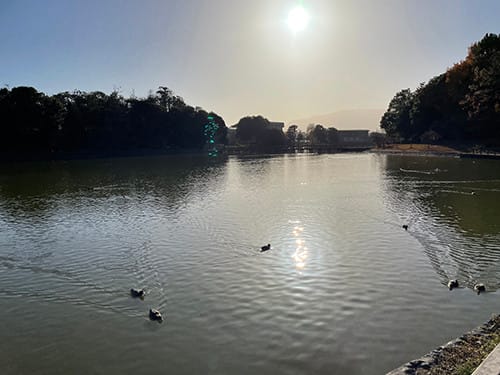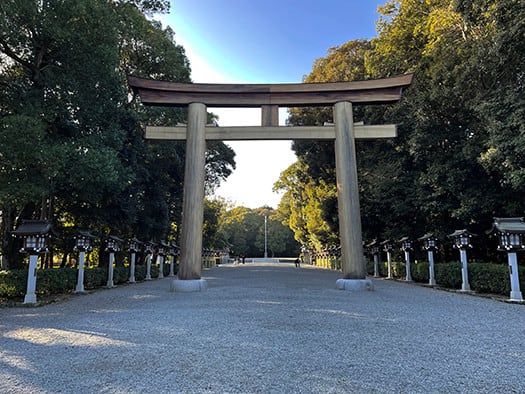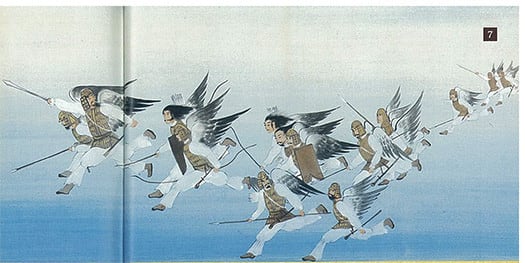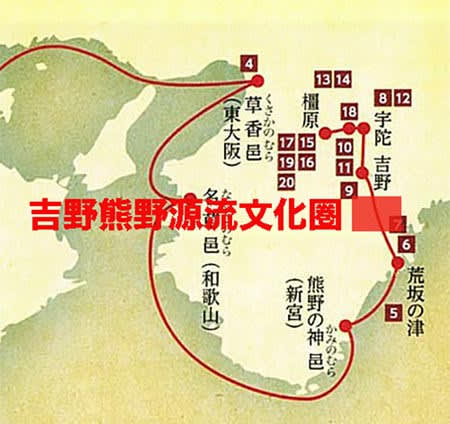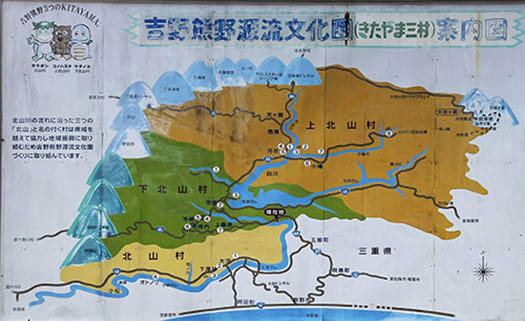

いろいろとプロジェクトが始動し始めてきています。環境変化の整理整頓段階から新環境での行動半径の様子が「見える化」されてきております。
そういったタイミングなので仕入れてきていたネタを捌いてのにぎり寿司ふるまい。今年初めて、っていうか、2−3年ぶりに腕を振るわせていただきました。ネタはいろいろなので一々の説明は特段ありません。札幌中央卸売市場で購入したり、余市の名物鮮魚店で仕入れたりの各種であります。
リモートワークの人も一部いるのですが、15人程度が結果的には食してくれていたようでした。そのあたりの人数把握も不明だったので、まぁ総数は適当な判断で、タイトルのような「感じ」で握っていました。
昼食としてスタッフにふるまう。時間的には握り作業としては炊飯器が5合炊き限度なので、1回5合分で約1時間×2回の合計2時間程度。女性スタッフも多いので、シャリはできるだけ「小さめ」希望に即して握った。これって時間は掛かる。その前段の「ネタの捌き」におおむね1.5時間程度。合計4−5時間程度といったところ。
作業時間を考えて逆算していくと、早朝からということになります。その日は道庁の住宅諮問会議出席の日程もあり<こちらは全国でも焦眉の課題になりつつある「住宅性能向上型のリフォーム事業領域活性化・スタートアップさせる方策会議」。追ってその概要などをお知らせいたします。>、その準備などもあるので握り終わりはおおむね10:30頃。その間で「ブログ執筆〜アップ作業」おおむね2時間も挟むので、なかなかにタイト。
でもまぁ、好きこそなんとかで、にぎり寿司作業を進めながらの平行業務はそれはそれで楽しくもある(笑)。ヘンですが、ゆとりを持って作業進行は進められました。
昼食としては、主食の他にバランスを考えてカミさんが「ひじきの煮物」「きざみ長芋とキュウリの和え物」「枝豆」とかの添え物を作ってくれて栄養バランスを整えてくれた。わたしの方は握りのちょっとした合間に味噌汁も造作。こっちはタマネギ・ゴボウと豆腐という異色の取り合わせでの汁物。多少は味見していたけれど、少しは残るものと考えていたら、きれいさっぱりカラッポになっていた(笑)。おかげで自分ではしっかり味わいを確認しておりませんでした。スタッフに聞いたら「メッチャ美味しかった」との声をいただいた。また、カミさんの「きざみ長芋とキュウリの和え物」の作り方教えて、という声もあったそうで、夫婦揃って甲斐があった次第。
仕事の元気はまずは食べものから、ことしも折に触れて頑張ります。
English version⬇
I think the total number of nigiri-zushi is about 180.
I'm getting up earlier and earlier with age. Completed a total of 4-5 hours of work from early morning to 10:30 am. Restarted Miki Diner. ...
Various projects are beginning to get underway. We are beginning to "visualize" the radius of action in the new environment from the organizing stage of the environmental change.
Since the timing was such, we processed the ingredients we had purchased and served Nigiri-zushi. It was the first time this year, or rather the first time in a couple of years, that I was able to show off my skills. I don't have to explain each and every ingredient, as there are many different kinds of ingredients. We bought some at the Sapporo Central Wholesale Market and some at a famous fresh fish store in Yoichi.
There were some remote workers, but it seemed that about 15 people ate as a result. Since we were not sure how many people we had in that area, well, we judged the total number to be appropriate and held the "feeling" as shown in the title.
It was served to the staff as lunch. In terms of time, the rice cooker is limited to cooking 5 cups of rice as the nigiri work, so it took about 1 hour for 5 cups at a time x 2 times for a total of about 2 hours. Since there were many female staff members, I made the rice as small as possible according to their requests. This takes time. The first step, "processing the ingredients," takes about 1.5 hours. In total, it takes about 4-5 hours.
If you count backward, considering the time required for the work, it would start early in the morning. On the same day, I also have a schedule to attend a housing advisory meeting of the provincial government (this is the "Meeting on Measures to Activate and Start Up the Housing Performance Improvement Remodeling Business Domain," which is becoming a pressing issue in Japan). We will provide an outline of the meeting as soon as possible. >I will be finishing my work around 10:30 a.m., as I have to prepare for the conference. In between, I had to spend about two hours writing and uploading my blog, so it was quite a tight schedule.
But, well, like is like, and it's fun to do parallel work while working on nigiri sushi (laughs). (Laughs) Although it was strange, we were able to proceed with the work with a relaxed mind.
For lunch, in addition to the staple food, Kami prepared "hijiki no nimono" (stewed hijiki mushrooms), "kizami yam and cucumber salad," and "edamame" (green soybeans) to balance out the nutrition. I also made miso soup in between nigiri (rice balls). This soup was a unique combination of onion, burdock root, and tofu. I had tasted some of it, but I thought there would be a little left over, but it was completely empty (laugh). Thanks to this, I did not check the taste myself. When I asked the staff about it, they said, "It was very tasty. Also, my wife asked me to teach her how to make "chopped yam and cucumber salad," so it was worth it for both of us.
We will continue to do our best from time to time.















